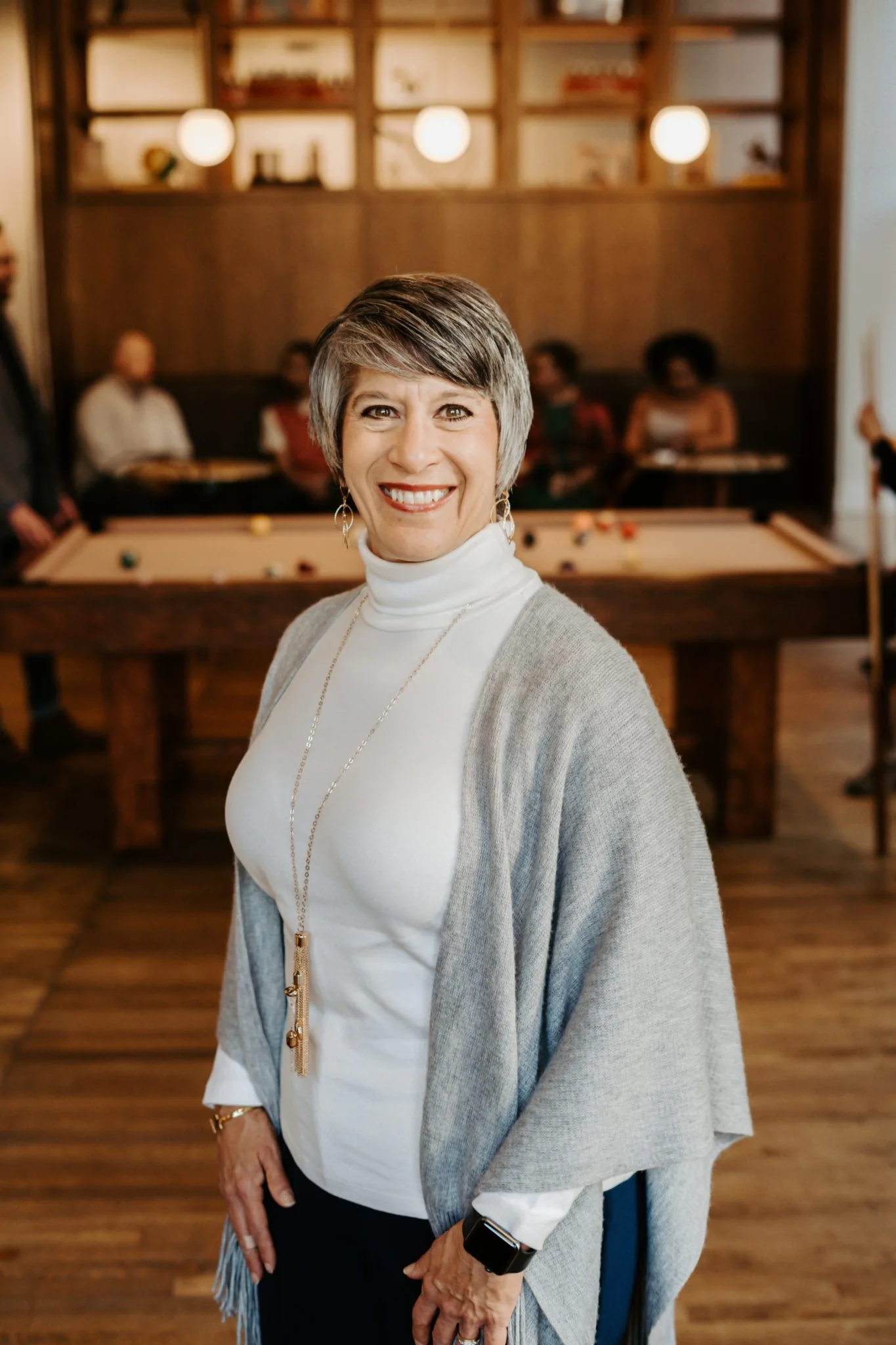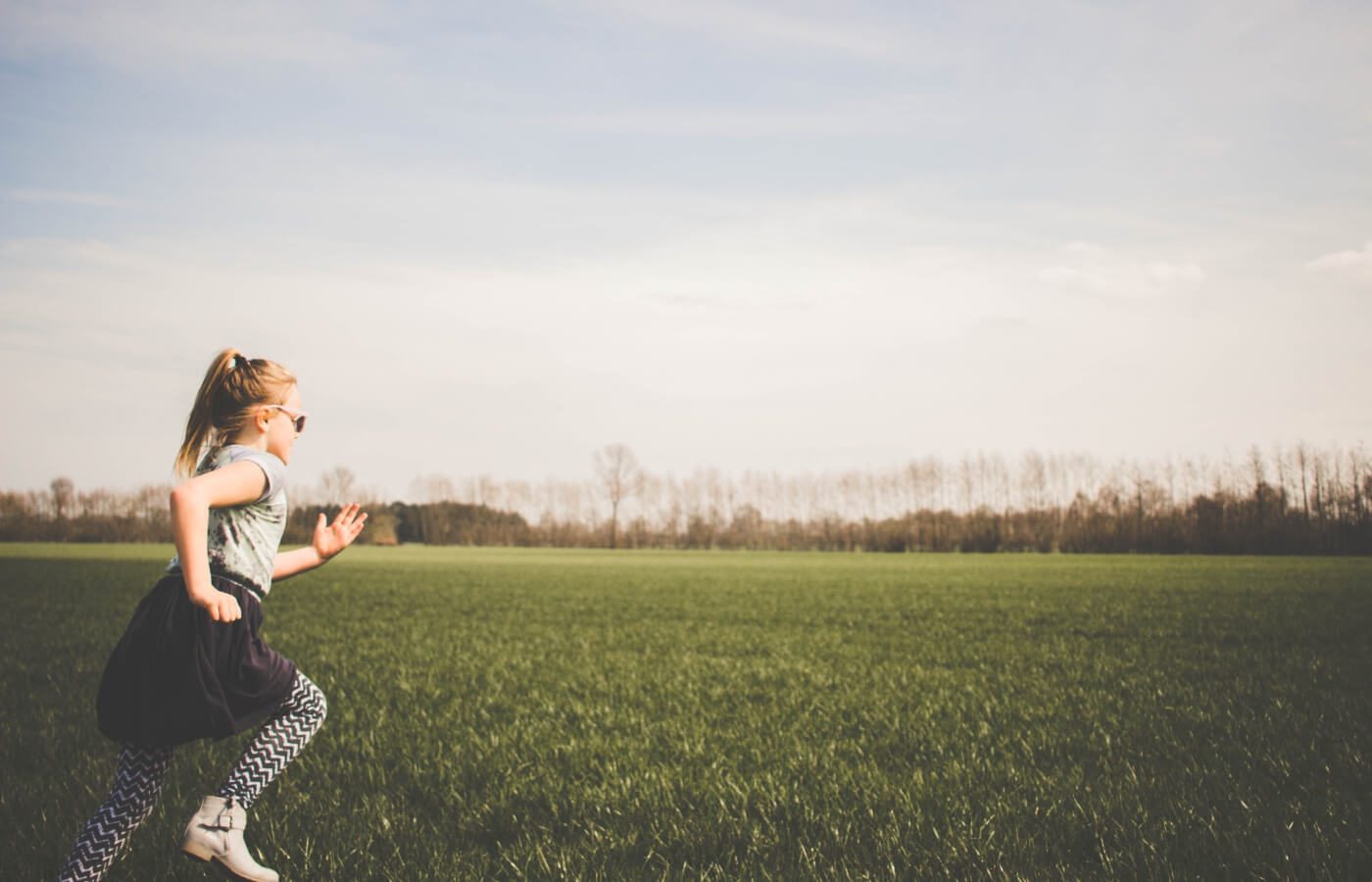Do you know:
- What percentage of childhood sexual abuse victims know their abuser?
- Where might you find someone who sexually abuses children?
- What percentage of child sexual abuse victims tell someone about the abuse?
- What percentage of child sexual abuse reports by children are false?
Unfortunately, most people don’t want to spend time thinking about this topic. But for the sake of children, it requires your attention. About 1 in 10 children will experience sexual abuse before turning 18. And, it might surprise you to learn that about 90 percent of child sexual abuse victims know their abuser.
Perhaps you’ve been led to believe that child sexual abusers look like shady characters. If so, think again. According to Darkness to Light, a website devoted to ending child sexual abuse, those who molest children usually look and (mostly) act just like everyone else.
You can find people who sexually abuse children in families, schools, places of worship, recreation centers, youth sports leagues and any other place children gather.
And it’s important to realize that abusers can be and often are other children, although most youth sex offenders are not sexual predators and will not go on to become adult offenders.
Researchers estimate that 38 percent of child victims tell someone about their sexual abuse. Of these, 40 percent tell a close friend. This means that the vast majority of child sexual abuse victims never report it to authorities. Research suggests, however, that such disclosure rates may be increasing. And that people only falsify 4 to 8 percent of child sexual abuse reports.
Who’s most at risk?
- Family structure is the most important risk factor in child sexual abuse. Children who live with two married biological parents are at low risk for abuse.
- Children living without either parent are 10 times more likely to be sexual abuse victims than children who live with both biological parents.
- Those who live with a single parent who has a live-in partner are 20 times more likely to be victimized than children living with both biological parents.
- Females are five times more likely to experience abuse than males.
- While there’s risk for children of all ages, children are most vulnerable to abuse between the age of 7 and 13.
- The risk for sexual abuse is tripled for children whose parent(s) are not in the workforce.
Who are perpetrators looking for?
First, you should know that perpetrators say they look for passive, quiet, troubled, lonely children from single-parent or broken homes. Abusers frequently seek out children who are particularly trusting, working proactively to establish a relationship with them before abusing them. They might also seek to establish a trusting relationship with the victim’s family as well.
So, what are some ways to protect children from sexual abuse?
1: Learn the facts. Reading this is a great start.
2: Minimize the risk. Eliminate or reduce isolated, one-on-one situations to decrease risk for abuse.
3: Talk about it. Have open conversations with children about our bodies, sex, and boundaries.
4: Recognize the signs. Know the signs of abuse to protect children from further harm.
5: React responsibly. Understand how to respond to risky behaviors and suspicions or reports of abuse.
Everyone can take action against child sexual abuse.
Finally, if you want know more about how you can protect children from sexual abuse, visit Darkness to Light. You’ll find more resources, along with a downloadable booklet for families and communities that outlines the steps you can take.
If you suspect abuse, call 1-800-4-A-CHILD.









Thoughts? Leave a Comment